The Shadow over Port of Spain
Audio: Listen to this article.
Prisons are designed and built to hold inmates, but when three armed prisoners staged a daylight escape along the busiest street in Port of Spain, an entire city became trapped in the ensuing chaos.
Almost at the centre of TT’s capital city is the Port of Spain prison. Within 500 metres of the prison there are six schools. Less than 100 metres to the east is the Port of Spain General Hospital.
The prison currently holds 342 accused men, 136 per cent of the building’s actual capacity of 250. Like the other prisons in TT, the remand yard, as it’s called, is bursting at the seams.
On July 24, 2015, three men, Hassan Atwell and Alan “Scanny” Martin and Christopher “Monster” Selby, shot their way out of the prison on Frederick Street, wounding a prison guard, reportedly killing a police officer and traumatising a city for years to come. Selby, the sole survivor, was charged with escaping lawful custody and the murder of a police officer.
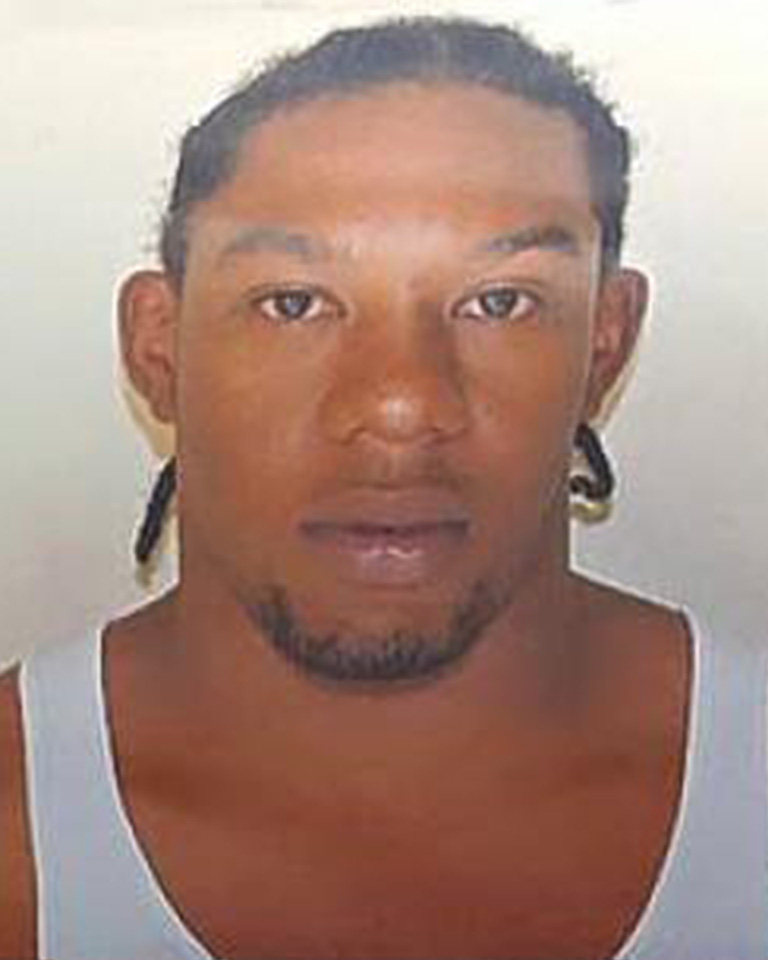
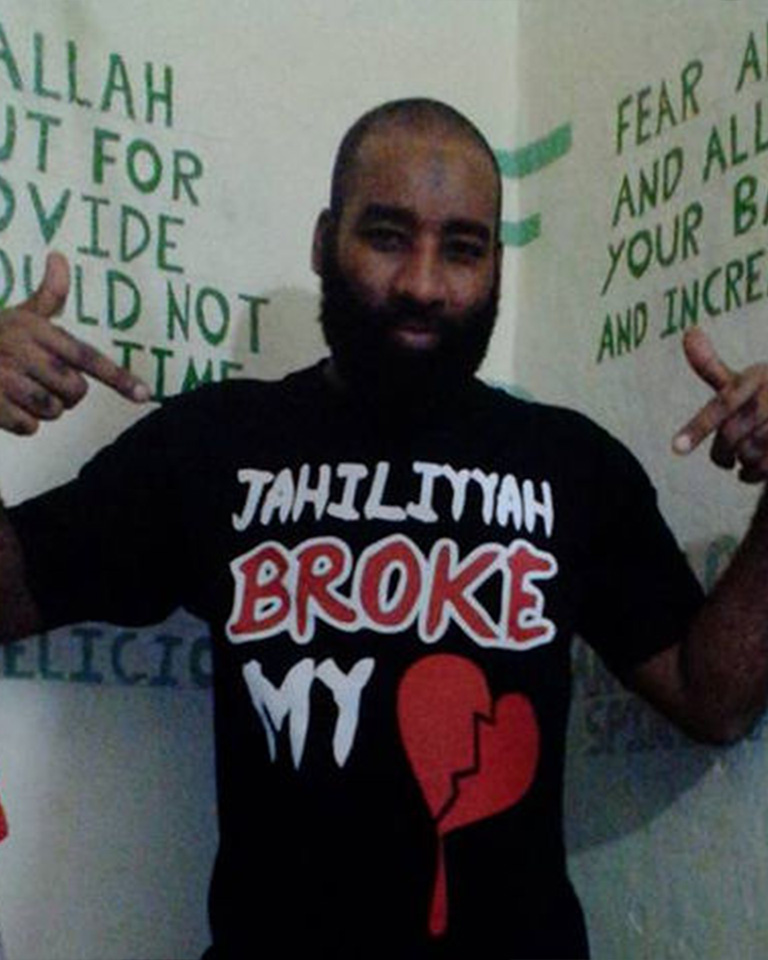
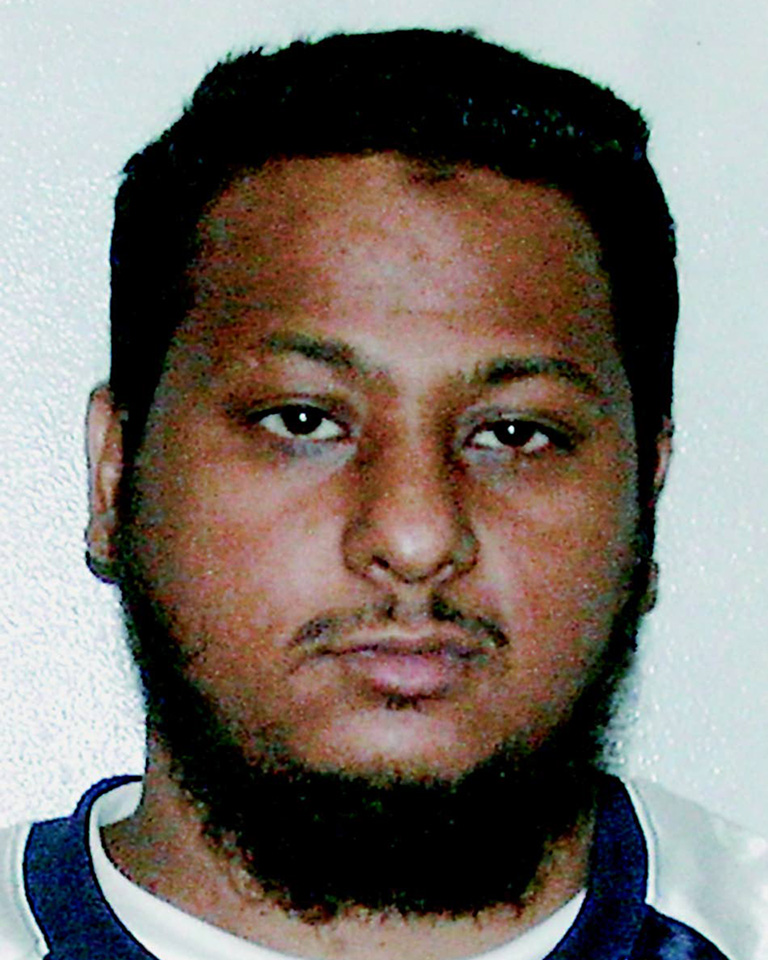
Three escaped, but only Selby returned: he turned himself over to police three days after the breakout.
Martin’s freedom lasted 15 minutes. Police shot and killed him in the guard booth of the PoSGH.
Atwell was shot and killed in East Port of Spain days later.
Today, approximately four years after that day, Newsday looks at the progress of a still-unfinished enquiry, the people who still feel residual trauma and the questions yet to be answered.
The escape, and deaths, of Atwell and Martin were the unexpected climax of an almost-decade-long epic that played out in Port of Spain’s courtrooms.
At the time, Atwell was battling extradition to the US; he had been charged with the kidnapping of US citizen Videsh Mohan and Martin’s much-publicised preliminary inquiry in the kidnapping of X-Tra Foods CEO Vindra Naipaul-Coolman featured conflicting witness statements and courtroom outbursts.
Any doubts over the men’s presumed innocence or suspected guilt will now never be resolved.
With a probe into the prison break now entering its fourth year, four prison officers have been charged and are before the Prison Service Commission to determine what role, if any, they played in it.
The other people around at the time – soldiers, police, doctors, nurses, politicians and families – have their own stories.
“At that time I don’t think anyone was afraid.
I wasn’t afraid, I was more angry, I was hurt.
I wanted to find these fellas as fast as possible to stop them from harming anybody else.”
– ASP Richard Smith
THE COP WHO DIED
For ASP Richard Smith, who was one of the many police officers on the ground, hunting for the escapees that day, the incident holds special significance
The death of PC Sherman Maynard meant he not only lost a loyal subordinate but also a surrogate son.
“It really broke our hearts, because I was his supervisor in Belmont and I came up under his father, so it’s a special kind of bond.”
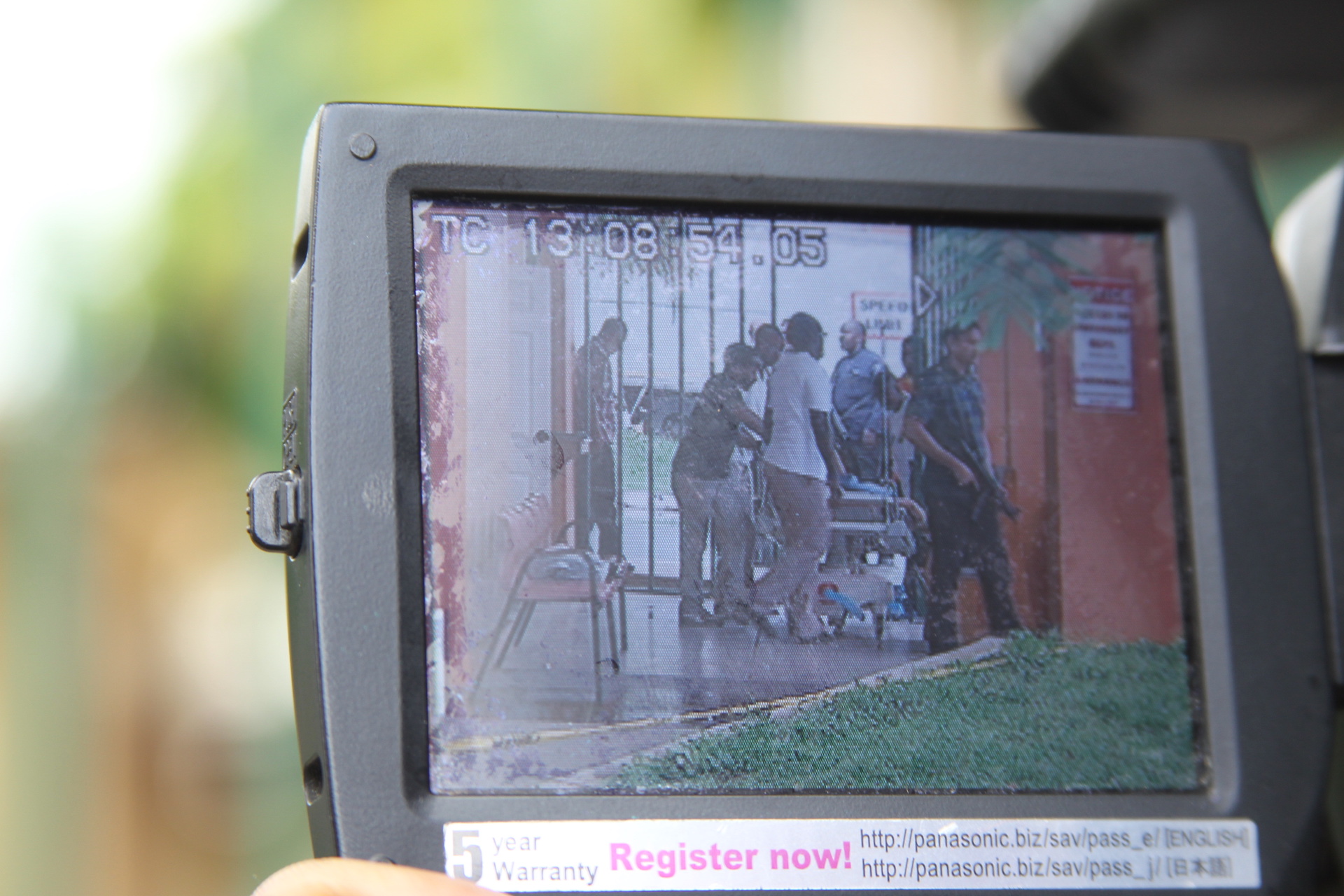
Smith, who was assigned to the Port of Spain Division at the time, said the police had information of an impending “incident” at the prison up to two months before the escape, but intelligence could not specify if the threat was from the outside coming in or the inside coming out.
As a precaution, Maynard, whose name and badge number is positioned on a monument among 47 others who died in the line of duty, was one of the police officers placed outside the prison as added security.
Smith said Maynard’s placement there happened by chance at the last minute, when one of the officers originally assigned to guard duty called in sick.
“I remember that morning he had just finished in court, and they were short one man to go and do the guard at the prison.
“At that time we had guards posted outside the prison because we had information of an impending activity: some threat to either bomb the prison or some people might escape, so we had a joint static (stationary guard) at the prison.”
Minutes after the escape happened, police swarmed the capital.
“At that time I don’t think anyone was afraid,” Smith recalled. “I wasn’t afraid, I was more angry, I was hurt.
“I wanted to find these fellas as fast as possible to stop them from harming anybody else.”
Smith was also one of numerous investigators assigned to the prison-break case. He recalled that in the aftermath, a rift formed between police and prison officers. It was fuelled by mistrust and disappointment towards the prison service, as some police felt the laziness of a few prison officers had led to the death of a policeman.
“It seems like we are fighting against ourselves now, because prisons, army, police, all security agencies, were supposed to be one.
“I know there was a little strain on the relationship in some instances with the prison officers, but we had to rise above that and look at the bigger picture.”
While police were securing the immediate area, nurses at the hospital were recovering from their own ordeal.
One nurse who witnessed the event and even treated the wounded PC Maynard spoke with Newsday on condition of anonymity.
“I had another patient that was in the next room and we had to try to take him out to put the officer (Maynard) when he came in. They brought in the…how should I say it?…While I was trying to make room for this patient that I know is coming out, I could see how the police vehicle coming into the hospital and I knew it was an emergency.”
From inside the emergency room, she could hear the gunshots that killed Martin. What happened next, she said, would shake her to her core.
“You could still hear the shooting. We were there trying to save the officer’s life inside. As much as you fear for your own life, we didn’t know what else to do, because the room we were in, it was almost as if we were trapped in there, so if a gunman came into that area, there really wasn’t anywhere to run.
“Eventually a police officer came into the room. He was asking if we were okay and told us to remain calm.”
‘We usually are the ones that assist in saving people’s lives and although we have had incidents where people threatened our safety,
I think that was one of the realest moments where you realise,
“I don’t have any control over what happens next. This could really be my last day here.’”
– Nurse at POSGH
Owing to the magnitude of the event and the lack of available nurses, she said the hospital instructed all staff to remain on duty, pending further information.
She says since then, while security has been improved at the hospital, the main cause of her concern has and always will be the location of the prison.
Until its relocation, she says, the possibility of another escape is never far from her thoughts or the thoughts of her fellow nurses.
Will
it
happen
again
?
The bigger picture, four years later, may be the question of what would stop a similar incident from happening again.
In 2016, a joint select committee of Parliament looking into the prison break sought to answer that question.
The committee found lapses in prison security. Among them: 80 per cent of the prison was not outfitted with audio surveillance, and areas used by prison officers for the purpose of interviews were not equipped with sufficient technology to record video or audio conversations between inmate and officer. The more obvious lapses which led to drug and cellphone trafficking were also noted.
The committee made two recommendations: the Prison Service Commission should complete the disciplinary proceedings against officers, and the Ministry of National Security should give attention to 19 recommendations made by the Prisons Commissioner to improve security.
The disciplinary proceedings remain unfinished.
Of those 19 recommendations, a senior prison official said seven had been completed or were near completion, two were in the preliminary stages and ten were not implemented.
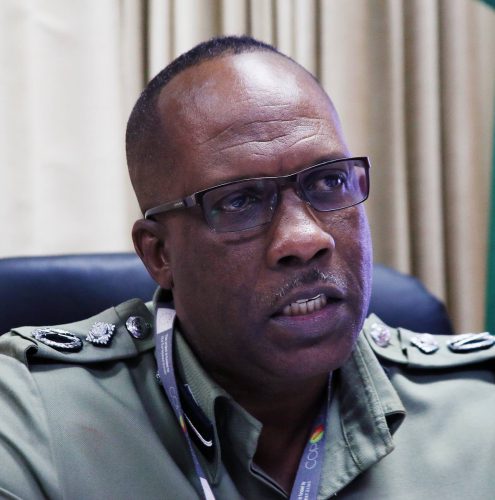
Gerard Wilson assumed the job of Commissioner of Prisons in 2016, a year after the escape.
In an interview, Wilson said no prison was escape-proof, and referred to Mexican drug lord Joaquín “El Chapo” Guzmán’s escape, which also happened in July 2015.
He found out about the Port of Spain prison break from a WhatsApp message.
“I remember when I got there, one of the first things I noticed was the hand grenade on the ground outside the prison. The police bomb squad eventually came and disposed of it, but that was when it dawned on me – the magnitude of the situation.”
Listen to the full interview below.
Wilson’s approach to management and organisation of the prison service combines a focus on rehabilitation with a zero-tolerance approach to errant officers and inmates alike.
He formed the High Risk Management Unit in 2018 and more recently the Prison Interdiction Unit, a no-nonsense task force aimed at searching cells and neutralising threats, Wilson has continued to run a tight ship for both prison officers and inmates.
Despite the implementation of both hard and soft initiatives in the prison, Wilson says the reputation of the prison service has been soiled and the memory of the escape continues to weigh on him.
It’s a difficult memory to avoid, despite successes in restricting the flow of contraband into prisons, Wilson said.
“Since that time, we have gotten some (sniffer) dogs from the American Embassy. We have held officers and civilians within the last few months, quite a few.”
So why not relocate the Port of Spain prison? Wilson said that was easier said than done.
“When I took up office, that was something that I heard happened,
so I couldn’t supply something that I don’t have.
. It remains a mystery because files can be misplaced. It happens.”
– Commissioner of Prisons Gerard Wilson
There are over 4,000 prisoners in TT and little room available for such a massive shift. The Ministry of the Attorney General, during a 2015 consultation on prison reform, showed that while the prisons are overpopulated, 47 per cent of the job positions available in the establishment were vacant.
Wilson also struggles to regain the trust of the public in the prison service, and the case of the disappearing prison-break file has not helped.
Last year he was quoted as saying the file obtained from preliminary investigators working on the escape could not be found. He confirmed the file has indeed been misplaced, but said there was little need for it, as the matter was well past the point of investigating.

“When I took up office, that was something that I heard happened, so I couldn’t supply something that I don’t have. It remains a mystery because files can be misplaced. It happens.”
Wilson said he was unsure whether copies were made of the file, and it was not the first time such a disappearance had happened.
In any event, four prison officers, one of whom is now approaching retirement, are now before the service commission, whose inquiry is far from complete.
Throughout the ordeal the two remaining escapees, Hassan Atwell and Christopher Selby shared the title of TT’s Public Enemy Number One.
Throughout this escape and the days that followed it was easy to lose sight of the fact that both escapees were men with families and loved ones.
For one man, Hassan Atwell was more than just a criminal.
Nikoli Edwards is young, UWI-educated and beaming with optimism. The 27-year-old politician has formed his own party, with principles of reform and progressive thinking being central.
He is also the son of Atwell, the man he credits with inspiring him to take on his career as a leader and activist.
At first glance, Atwell and Edwards seem more like distant relatives than father and son, with Atwell’s rough, exterior and swagger contrasted against his son’s eloquence and upright posture, but look closer and you will see the similarities in their appearance.
Edwards said while his father might have been portrayed as a hardened criminal to the public, he remembers him much differently growing up.
“I was in my bedroom on my computer and I had a curtain just covering the doorway.
I had a sense that someone was coming in and I looked over my shoulder and I saw a gun being pointed into the room as the curtain was being pulled back.
It was the police.” -Nikoli Edwards
“We had a good relationship and I felt like I could have spoken to him about anything. I never felt threatened in his presence.
“That was actually a conversation we had some years ago, when he said to me that he didn’t understand how I don’t fear him.
“I found it weird. Why should I fear him? And it’s not that he wanted to instil fear in me, but he would have subscribed to that kind of thinking. But there was no reason for me to fear him. I could have trusted him with my life.”
Edwards vividly remembers the last night he saw his father for the last time before his arrest and imprisonment, when he was only 18.
“I was in my bedroom on my computer and I had a curtain just covering the doorway. I had a sense that someone was coming in and I looked over my shoulder and I saw a gun being pointed into the room as the curtain was being pulled back. It was the police.
“They instructed me to come outside into the living room, and surprisingly, I was rather calm. My grandmother and middle brother were sitting in the living room while they started searching the house asking for my father. At the same time, my father, mother and youngest brother were coming into the driveway. I just remember them calling him out of the vehicle. They took him down to the police station.”
In the years that followed, Edwards said, he visited his father several times at the Port of Spain remand yard, an experience he said made him uncomfortable because he felt the money and effort taken to travel from San Fernando to Port of Spain would have been better spent elsewhere.
“Looking back at it now, I even wish he did escape. I wish he got to Venezuela or somewhere and would be alive today. I even wish he could have been recaptured. I just didn’t want this to happen to him.”

In the days that followed the escape, Edwards listened attentively to any updates on his father’s whereabouts and when news finally came of his death he said he was sceptical at first, waiting hours for confirmation even after everyone at his home fell asleep.
“When I saw the photos of him circulating on social media with the gunshot wounds, a part of me thought he was still alive and that he used someone else’s body, because all I saw was photos from behind.
“But when I saw other photos and it was confirmed that he was in fact dead I accepted it.
“I remember waking up my grandmother and telling her that he was dead and going back to sleep. I might have shed some tears for him in a personal capacity, but I didn’t overdo it.”
ASP Smith said one of the leading theories behind Atwell’s murder was that he may have sought help from Rasta City gang members in east Port of Spain, but was exploited for money he did not have.
When they realised he had no money, they killed him.
In gathering information for this article, some calls were either unanswered or some possible sources declined to speak on the matter.
Attorney General Faris Al-Rawi, who held consultations on prison reform, directed questions to National Security Minister Stuart Young.
Young acknowledged but did not answer questions sent to him about the prison.
Writer’s note: The prison break in Port of Spain was one of my first assignments as an intern at the Newsday. Scroll down to read my recollection of the day.


